Having a recreational vehicle also known as RV is a great thing! It allows you to travel wherever you feel like and do it any time of the year.
In addition, traveling and camping in RV is much more comfortable in comparison to camping in tents!
Recreational vehicles have toilets and even showers! But this is when quite many owners stumble. How to make use of the RV water heater correctly?
If this is also an issue for you, we are here today to give you a hand.
From this article, you will learn more about the electric RV water heater, its maintenance and use.
We will tell you how to turn it on correctly, how to keep your water heater tank clean and in a proper working state, and how you can actually locate it in your recreational vehicle!
With all the information that we are going to provide you with today, your camping trips will become even more comfy and luxurious than they have been before!
How to Turn On Your RV Electric Hot Water Heater?
Traveling in a recreational vehicle and camping with it is definitely a luxurious experience!
You can not only sleep in a cozy bed, you can also cook food on a stove and take a hot shower whenever you feel like!
However, speaking about showers, this is exactly the stumbling stone for many owners of RVs.
People often say that they find it difficult to figure out how to switch their RV water heater on and even how to find it there!
Speaking of this, switching your RV water heater on will depend on the model of the heater itself.
Quite many electric versions have a switch either on the device itself or in the same room. Sometimes, they can even be located on the same control panel along with all the other switches.
But if you have a combination water heater, you will most likely have a dual switch option that is in the same area as the water heater itself.
You will easily find such a switch since it will be labeled clearly with the markings saying “gas” and “electric” having a reset button in between these two.
However, do please note that in some cases, this may not be the case! Each water heater is unique and must be switched on depending on the model.
With these types of switches, you just make use of them like you would do with your light switch in your traditional home. The good news is that the gas and electric switches can be on at the same time!
However, it may so happen that you don’t find those switches which is kind of bad news.
If this is your case and the switches are really absent, you will have to go outside to the water heater plate, remove it and then manually turn on the switch according to the instructions of your owner’s manual.
Also, when turning the switch on manually, you need to make sure that the tank is filled first.
If this is not done beforehand prior to turning the switch on, you are risking burning out all of your elements!

How Do I Locate My RV Hot Water Heater Switch?
Of course, after such an introduction, many of you may start wondering how you can locate that RV water heater switch at all. Well, it may seem a bit complicated first, but if you give it a try, you will see that it is all pretty clear and easy.
So, locating your recreational vehicle’s switch will typically depend on two things.
They are the type of water heater that your RV has, and where the manufacturer decided the switch to be placed. We know what most of you think right now:
I can just ask my dealer! Well, folks, it may not help in fact. Why?
Simply because, if you do ask your dealer where the switch is, you may not get a correct answer!

The truth is that not all the dealers possess this useful and so much needed information, unfortunately.
But of course, you can give this option a try, why not? Maybe it is going to be you who will become the lucky one to get the correct answer! Such a lottery.
For those of you who cannot find an inside switch, you are going to use another scheme of actions.
You will have to go to either the water heater panel or to the black water heater panel. Unscrew the plates and look inside.
In one model, the switch should be located behind a brass device and may be pretty hard to reach ( especially if you have large hands or thick fingers!).
In some RV models, you can also find a propane switch next to it.
That switch will have the DSI light and if it is on, your propane is not lit and thus it is not heating your water. However, both switches should be clearly marked.
It can also happen that you are one of those lucky ones whose RV manufacturer decided to be merciful and located the heater switch inside of the trailer.
In this case, the switch will be much simpler to locate,a dn surely, it will be clearly marked so you will not mistake it for anything else.
In addition, here is another life hack for you: the panel that holds both on and off switches must be marked as “water heater”.
However, it is also possible that you may find your on and off switches being located on a general control board.
In this case, they will be hidden among all the other switches, so you will need to move in order to get your RV features running right! In any case, both the switches must always be clearly marked!
RV Water Heater Switch On Or Off
This is quite a common dilemma of the RV owners. Shall you leave the switch being turned on or off?
In fact, the way you handle this issue depends on you and it is you who decides here. In general, there is nothing bad or wrong if you leave the switch being turned on while you are camping or even driving!
See, the switch is only powered when you hook up to the campsite power grid, so as long as you drive, you are not using any electricity in fact.
However, you might want to do the opposite and keep it turned off in case your switch is powered by the inverter.
In this situation, you should always remember to turn the switch off when the heater is not being used!
Why is that, you may ask? Well, the water heater switch should not be powered by the inverter as that device provides a large load which the switch cannot handle. As you could already guess, doing the opposite may lead to breakage of the device.
We would recommend you take this nuance seriously enough as the switch can be left on by accident when there is no water in the tank.
Because those elements can get very hot, such a situation may lead to bad damage to the water heater if you do not notice the mistake in time.
Probably, in this case, the optimal thing you could do would be to simply turn the switch off each time when you are driving, and turn it on again when you are camping.
Like that, you will be able to avoid accidents. Also, when storing your recreation trailer for the winter, make sure to switch the water heater to the off position.
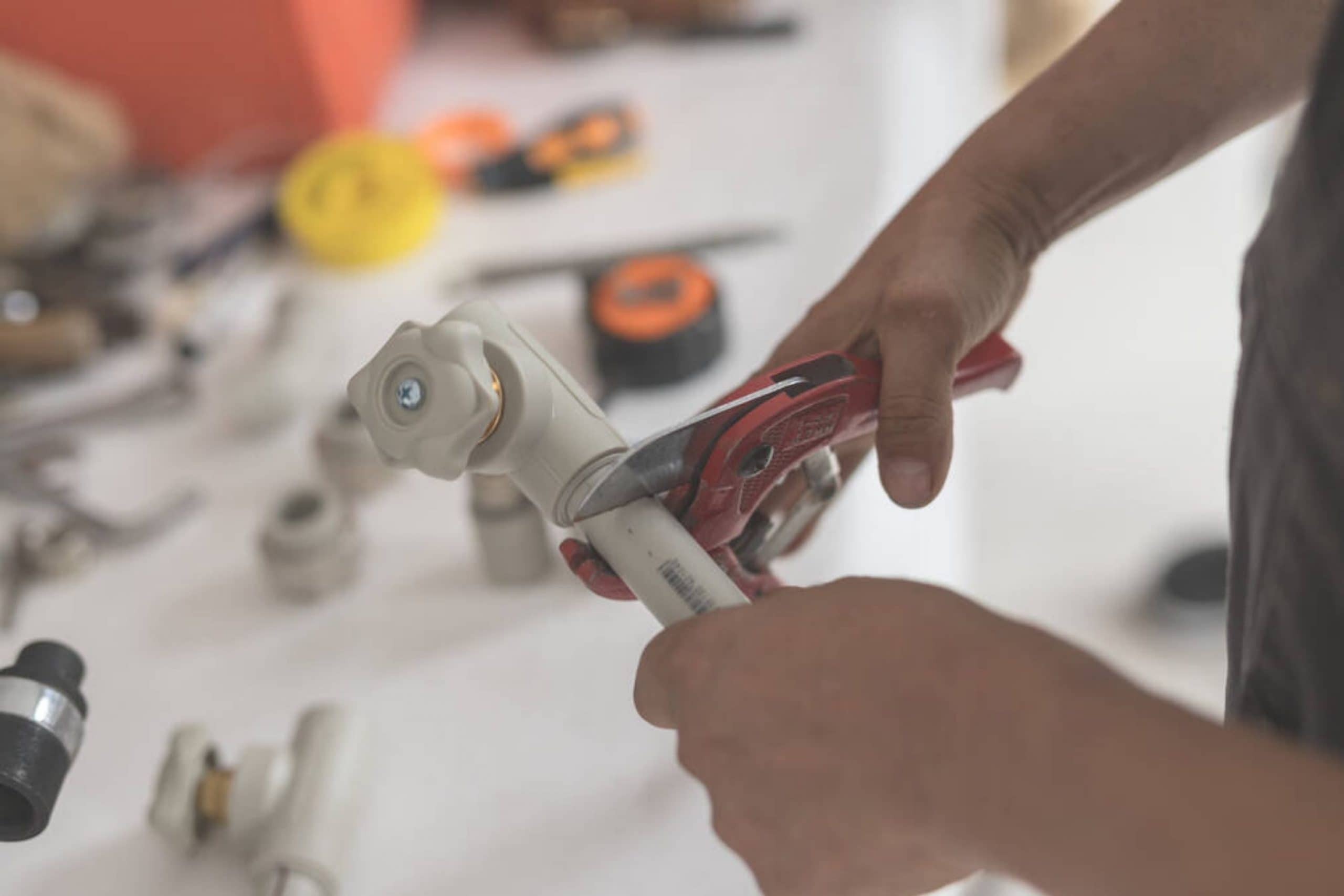
Related: How to Clean RV Awning?
RV Electric Water Heater vs RV Propane Water Heater
When dealing with your RV water heater switch, you need to be ready that there can be one of the three different types of heater that your recreational vehicle has!
Yep, RVs usually have one of the following types of water heaters on board:
- propane water heaters
- electrical heaters
- combined/combination water heaters
As it is clear from their names, an electrical water heater heats the water with the help of electricity.
This type of water heater works pretty well and it is great for those RV owners who already have electricity included in their camping fees and/or wish to save some propane. However, this type of water heater has one nuance.
If you have a water heater that works on electricity only, it will be unable to operate while boondocking unless you have an inverter.
In addition, it is relatively easy to mess up and damage an electric water heater by burning the heating element if you have no idea of what you are doing!
Unlike electric water heaters, propane RV water heaters are the best option for those of you who enjoy dry camping and wish to save on electricity.
This type of appliance heats water using propane, as you could already guess from its name. Some people feel less comfortable with it though since using propane means that you will actually be dealing with gas which is a flammable stuff.
But anyway, as long as the heater is used properly and you take care of your propane lines well, you shouldn’t be worried about having any issues at all.
Finally, here is a combination heater! It is often called an ideal type of heater, by the way.
This type of hot water heater for an RV allows you to make use of either an electric heating element or the propane one depending on what the circumstances are.
It is also possible to use both electricity and propane at the same time if you, for instance, need to heat the water more quickly than usual.
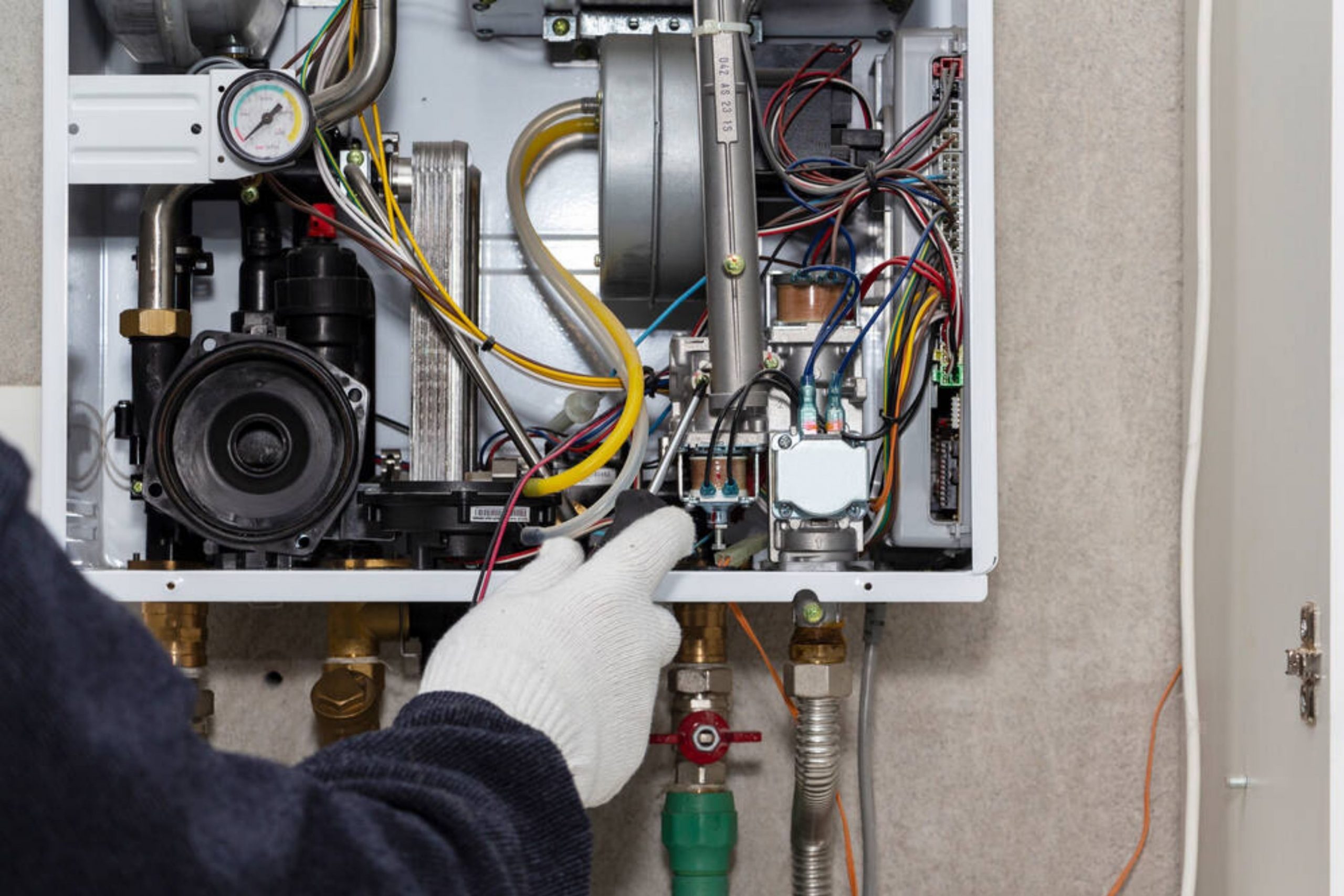
Related: How to Heat Under a Mobile Home?
How to Use a Traditional RV Water Heater?
Finally, here is how you can make use of your RV water heater and start it.
Some owners of recreational vehicles ask how they should start the heater, so we have prepared a short explanation for you.
First of all, you will need to double check and ensure that your hot water tank has water in it.
In order to do this, start with making sure that all the bypass valves that could cut off the water flow to your tank are open instead of being closed.
The next step will be to fill your fresh water tank.
As an option, you can hook your recreational vehicle up to a city water connection.
Once it is done, simply open a hot tap and let the water run for a few seconds. If you do so, you will make sure that you have water in your tank to heat it and so you will not burn it instead.
Next, after you complete the previous steps, you will want to switch the water heater on.
As we have just mentioned above, if you happen to have a heater with both propane and electrical options, feel free to choose to use both together.
It will allow you to spend less time on warming water. But even with both types of heat being turned on, you will still need to wait at least twenty minutes in order to have a full tank of hot water!
Also, it is possible to choose one of the two options: either to leave your water heater turned on, or switch it off between uses. You decide.
However, it is important to keep in mind that leaving a propane heater working will make your fuel tank empty pretty quickly!
Moreover, leaving an electric heater being turned on leads to the risk of burning an element should your tank somehow become empty.
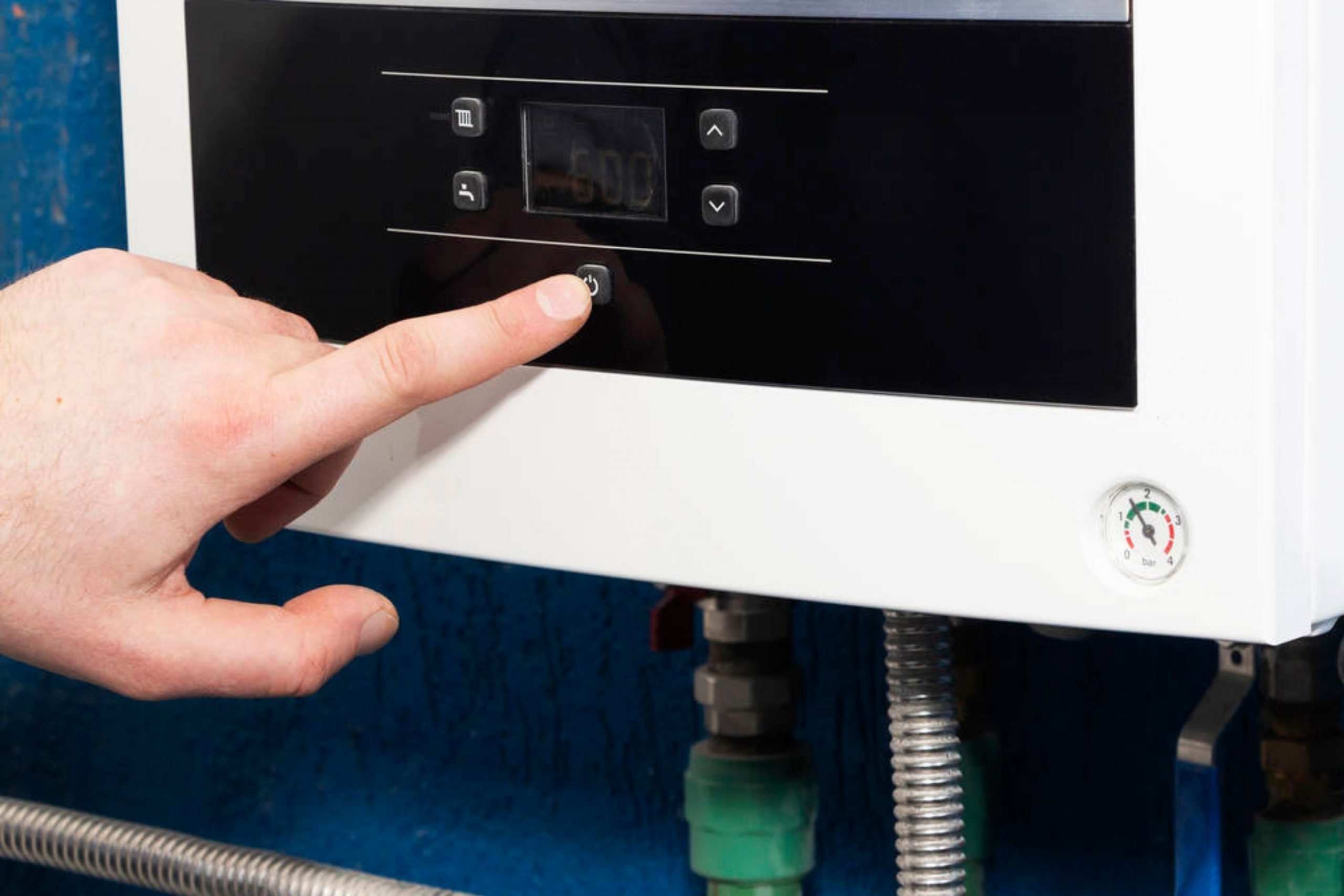
How to Take Care For Your RV Hot Water Tank?
The better you maintain your RV water heater tank, the longer it will serve you. So of course, once you figure out how to make use of it properly, you might want to make sure you are taking care of your recreational vehicle’s water heater tank as you should be.
In general, maintenance on an RV water heater is better to be done every six to twelve months. It is frequently enough to keep an eye on the tank and be able to notice any malfunctions in case any appear at all. Luckily, this can be done relatively simply!
To take care of your RV water heater tank, start with turning the heater off.
Then, give the water inside enough time to cool down. When you are absolutely sure that it is already cool, continue with removing the drain plug or the anode rod.
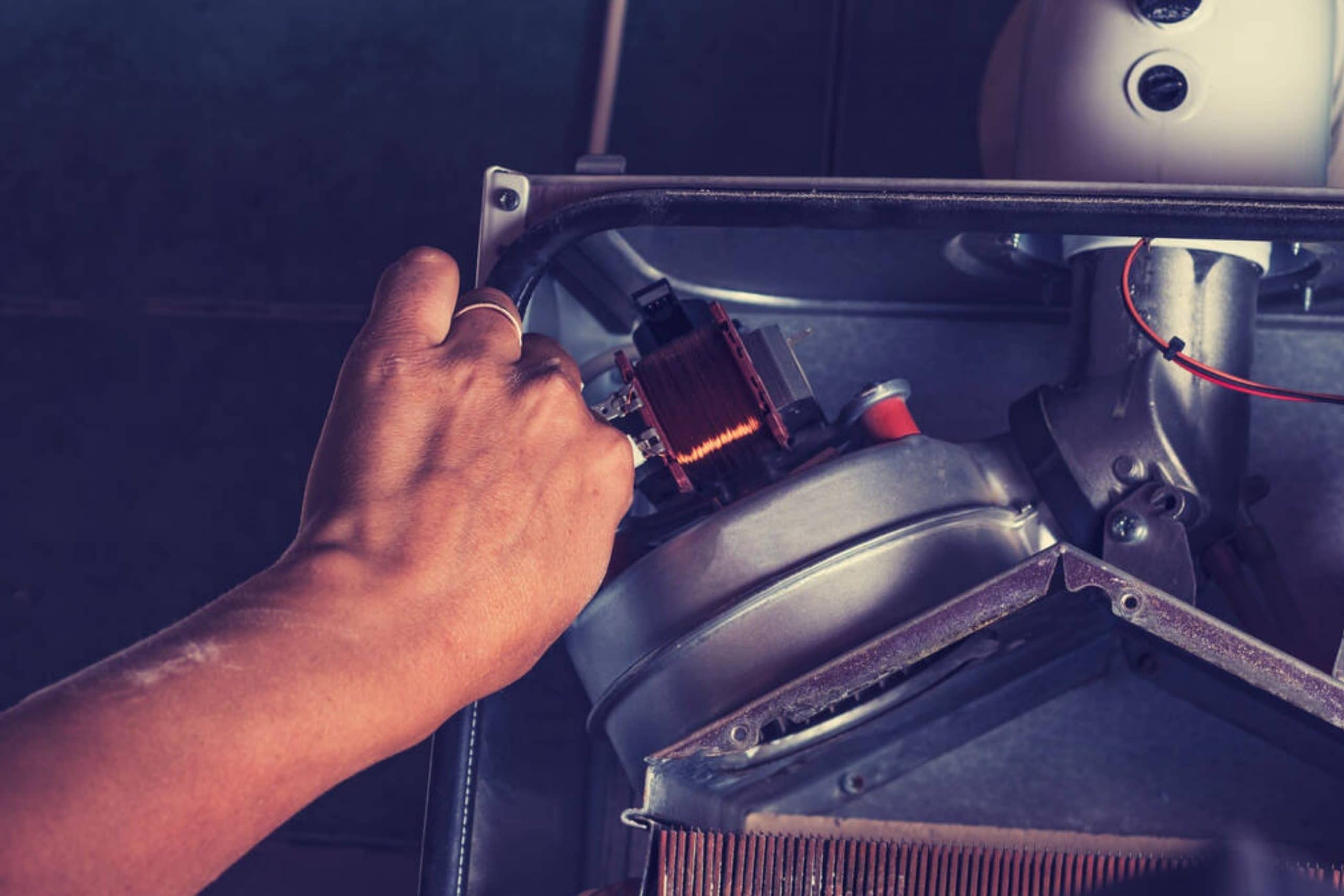
Once you do this, let the tank drain completely.
It will also allow the sediment and debris to drain out if there is any at all.
If your tank has an anode rod rather than a simple plastic plug, you can make use of the chance and replace the rod while you are draining.
This will help you to prevent the accumulation of buildup in your tank. There is also another thing that should be done in order to take care of your water heater tank.
We are talking about winterizing your trailer every year before the weather gets really freezing!
Proper and in-time winterizing will keep your tank from cracks that appear because of the frozen water inside of it.
How to Troubleshoot an Electric Water Heater?
If your water heater is malfunctioning, you should know what to do to fix it. However, it’s not only about grabbing a wrench and doing some quick fixes! Depending on the type of issue, you may need to opt for various repair methods.
- If there is no hot water, check the water heater’s circuit breaker in the service panel. You need to make sure it hasn’t tripped. If the breaker has tripped, switch it off and then back on.
- If your water heater is producing hot water but not enough for your needs, the reason might be the size of your unit. It could be too small to meet the household’s hot water demand. You should ensure the demand does not exceed the capacity of the water heater.
- Does your heater heat water too much? If you are experiencing this problem, it is likely that one or both of your water heater’s thermostats might be set too high. Just adjust them to the required temperature.
- If you have water leaks, note that they are usually caused by leaking valves and plumbing connections. another cause could be tank problems. Anyway, it is important to fix the leak as soon as possible (better ask a professional to do that!).
- If your tank is making noises like a low rumbling or popping, this might be the sound of boiling water. This is caused by the excessive buildup of sediment in the bottom of the tank. Try to drain the tank to get rid of the sediment. If that doesn’t help, you might need to replace the tank.
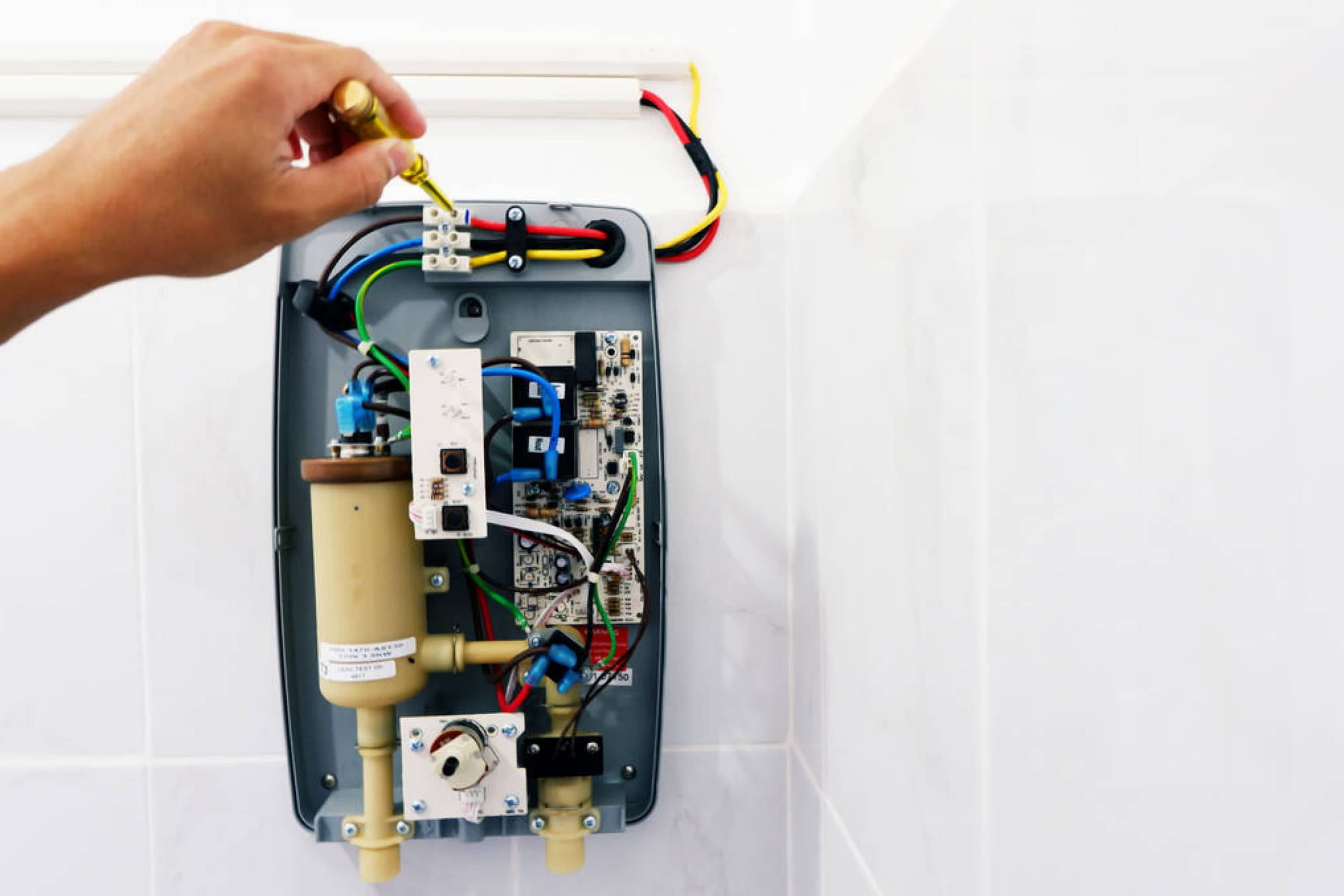
5 Tips for Maintaining an Electric Water Heater for a Motorhome
Your RV’s water heater is the source of hot water and thus comfort for you and everyone else who is snharing the motorhome with you. This is why it is essential to be aware of the most common maintenance tips that will help your water heater last longer and work properly.
- Don’t turn it on when the tank is empty. How to tell if the tank is full? Simply run the hot side of a faucet. If the water comes out without spitting, the tank is full. If it’s spitting, the tank is not filled up yet.
- Drain water if you don’t use the heater, especially if you leave your RV sitting for months. Otherwise, water can become stale and stinky if it sits for more than two weeks!
- Clean the tank before the first trip using any rinser product.
- If your RV water heater has a gas mode, in spring, remember to clean the burner tube that carries propane to the burner.
- Empty and clean the tank before winter. Simply turn off the heater, let the water cool, empty the tank, wash the heater, and rinse it.
These simple tips will help you keep your RV and its water heater in a good condition, avoiding pricey repairs.

Conclusion
Well, now you know how to turn your RV water heater on, how to maintain and take care of it, and even what types of heaters exist in modern recreational trailers.
You also learned how to keep your RV’s water heater properly maintained before and after the active use, and how to troubleshoot some common issues that may occur with the water heater of your motorhome.
With all that in mind, you should not have any issues or troubles with dealing with the heater or its switches in the future.
[wp-faq-schema title=”Frequently Asked Questions”]
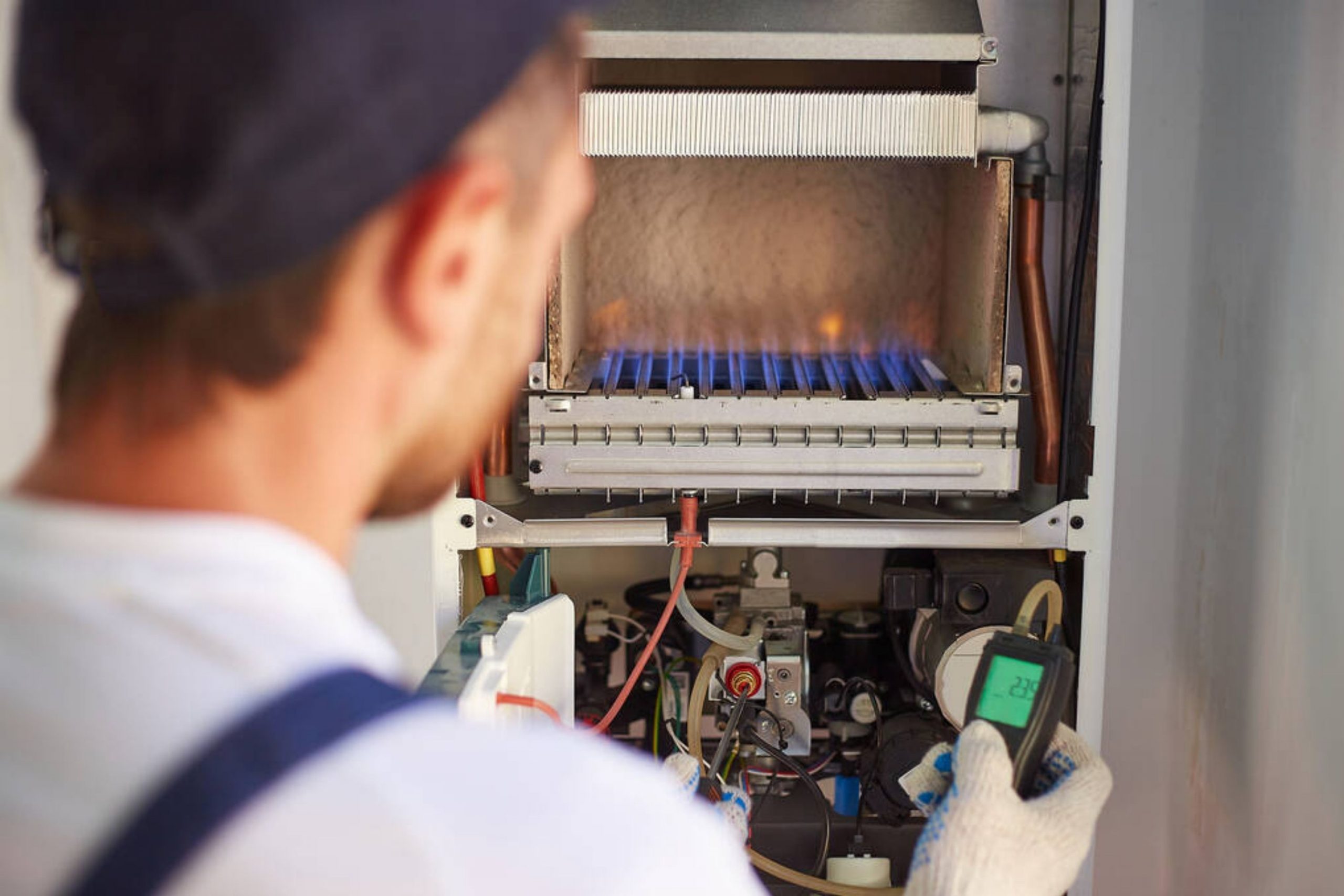
My RV water heater isn’t working. What shall I do? Do I need to check it or simply call a professional?
Hey folks! I’ve got a question. How do you find an RV electric water heater switch location? Where exactly is it located?
Hey. You need to go outside your RV and look for a panel (usually on the driver’s side). Open the panel and in the bottom left-hand corner, there will be the small switch that turns the electric power to your water heater on. You need to flip this switch to “ON” position.
Can anyone explain to me in simple words how to switch rv water heater from propane to electric, please? All articles I read on this subject are extremely boring and complicated for me to get through!
Hello there! I wish I could help, but I don’t know how exactly it is done. However, I do know that it’s possible to change your gas/propane RV water heater to the electric one! I guess you should ask a professional about the details since it seems to me the electrical system will likely need to be reconfigured to accommodate the new appliance.
What shall I do if my rv electric water heater switch not working? The heater is almost new, we installed it a few months ago because the old one died. And I always treated the new one delicately (meaning it’s unlikely I damaged anything). Any ideas on what could happen?
I can only recommend you make sure you have a proper shore power connection. Also, it could be the breaker on your campground pedestal: if it’s turned off then your switch won’t work. So check if it is turned on. Well, perhaps it also makes sense to check the 120-volt breaker panel in your RV’s electrical panel box. See, it might happen that that the water heater breaker is tripped.
Our new rv hot water heater is not working. We checked everything we could and it all seems to be fine. But the heater still won’t start! What shall we do?
I guess you need to either call a specialist to come and check your appliance, or ask the manufacturer how to address this issue. If you have warranty, perhaps, you could use it to repair the unit.
Hello folks! Are there experienced RV owners here? I need your help. How to fill water heater in an rv? Could anyone explain it to me, please?
Hey there! If you can connect to a spigot, just use your hose to put water into the fresh water tank using the gravity fill. If boondocking with no hose, you will need a funnel to pour water from the tanks into the gravity fill.
Hello. Does anyone happen to know the price for an portable rv propane hot water heater?
Hi! I guess it’s around $100-$150, but I might be wrong. Actually, I never considered buying one, I just saw them on Walmart.
Are you sure that it’s not too stiff which can make it difficult to switch it from one position to another? If it’s not the case, then you will need to check it. If the switch is located outside, you can go to the water heater panel and remove the plate. Then, with a screwdriver, get the switch out. Next, use a multimeter to test the continuity of the switch. If there is none then you have a faulty switch and you need to replace it.